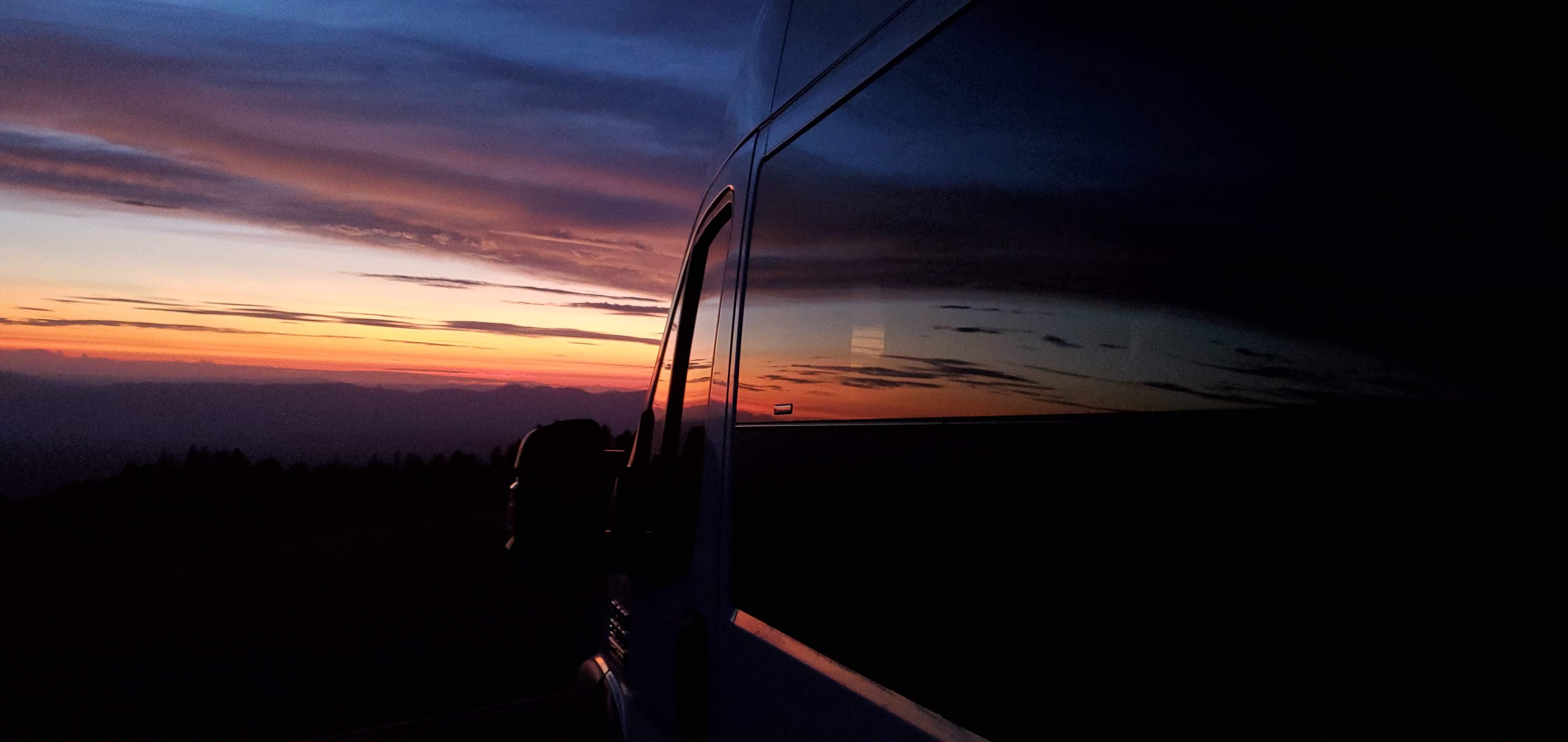
Crater Lake National Park
 Jess
Jess
We rolled up to Crater Lake and stood looking down into the deep blue water. The color of the deepest lake in the US (at 1,943 ft) is so stunningly blue and so very beautiful. A volcano erupted thousands of years ago creating a huge caldera that over years and years filled with rain and snow creating Crater Lake.
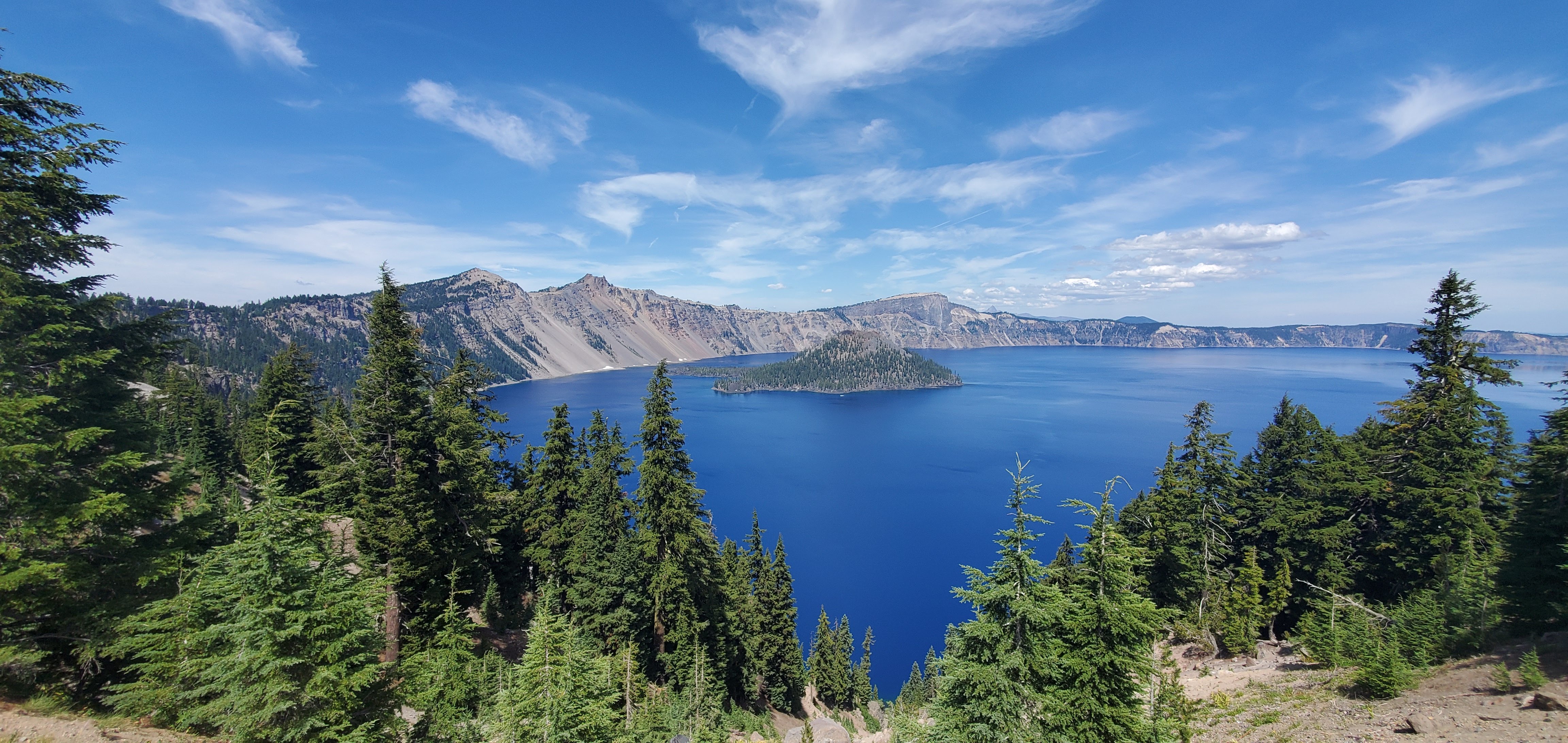
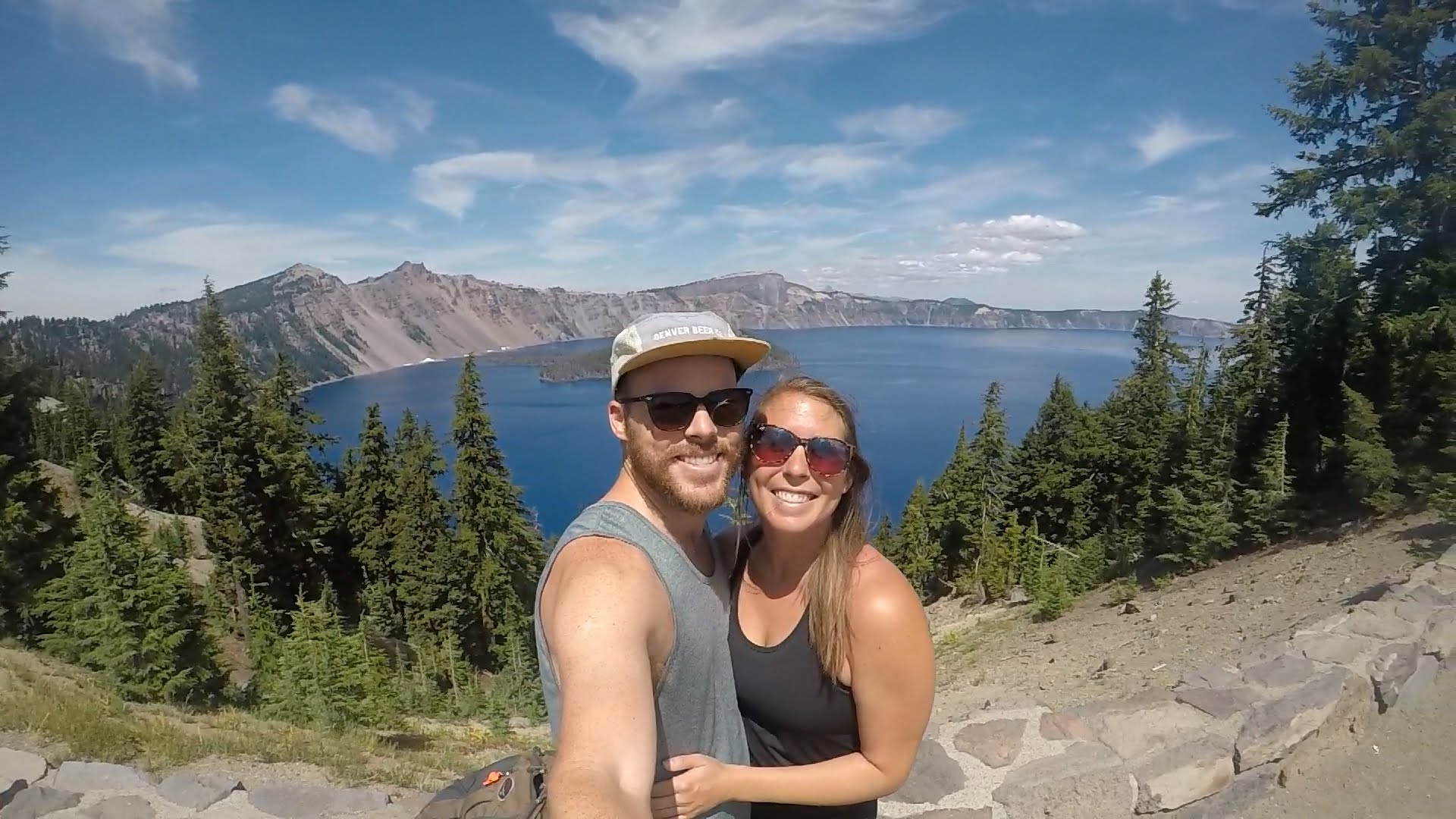
There is a 33 mile Rim drive that surrounds the lake that is an absolute must while visiting the park. There are numerous overlooks and short hikes that you can check out along the way.
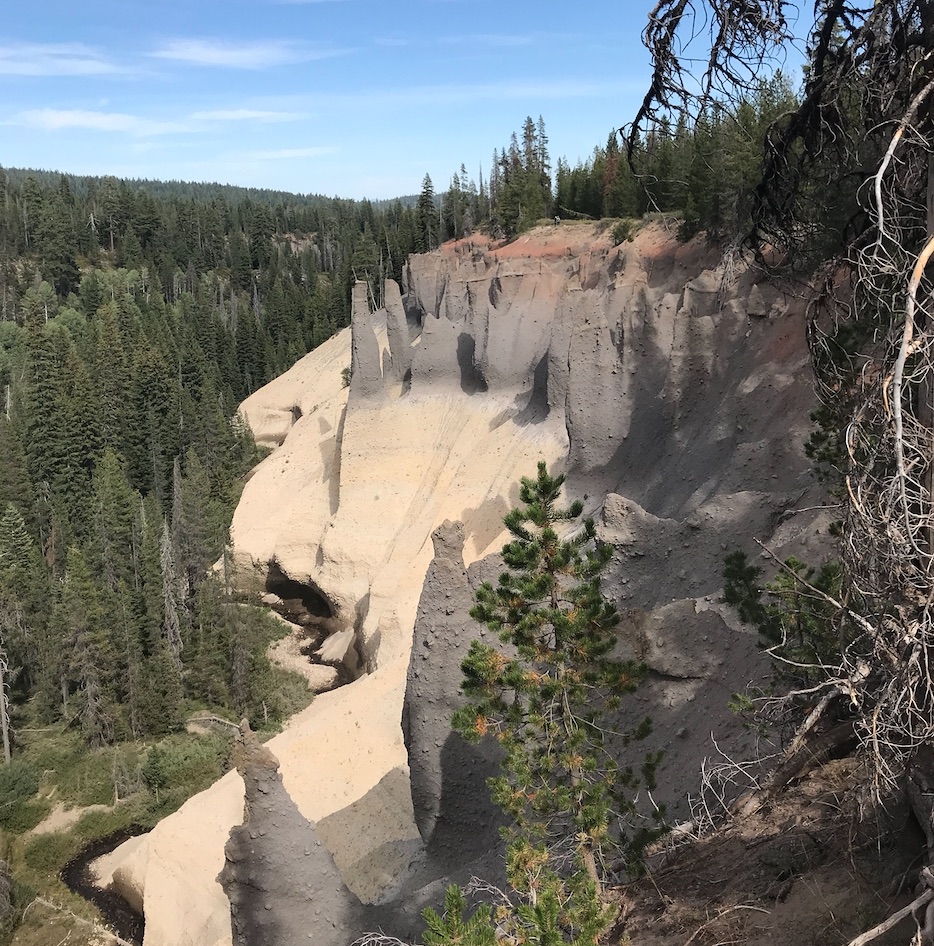
Our favorite stops along the Rim drive are:
Discovery Point- awesome views of Wizard Island which was also created by an eruption
Sun Notch- short walk to check out the Phantom Ship
The Pinnacles- a little detour off the main road shows huge spires of ash that turned into rock and are eroding from the canyon wall.
Watchman Peak- short hike for the most epic sunset
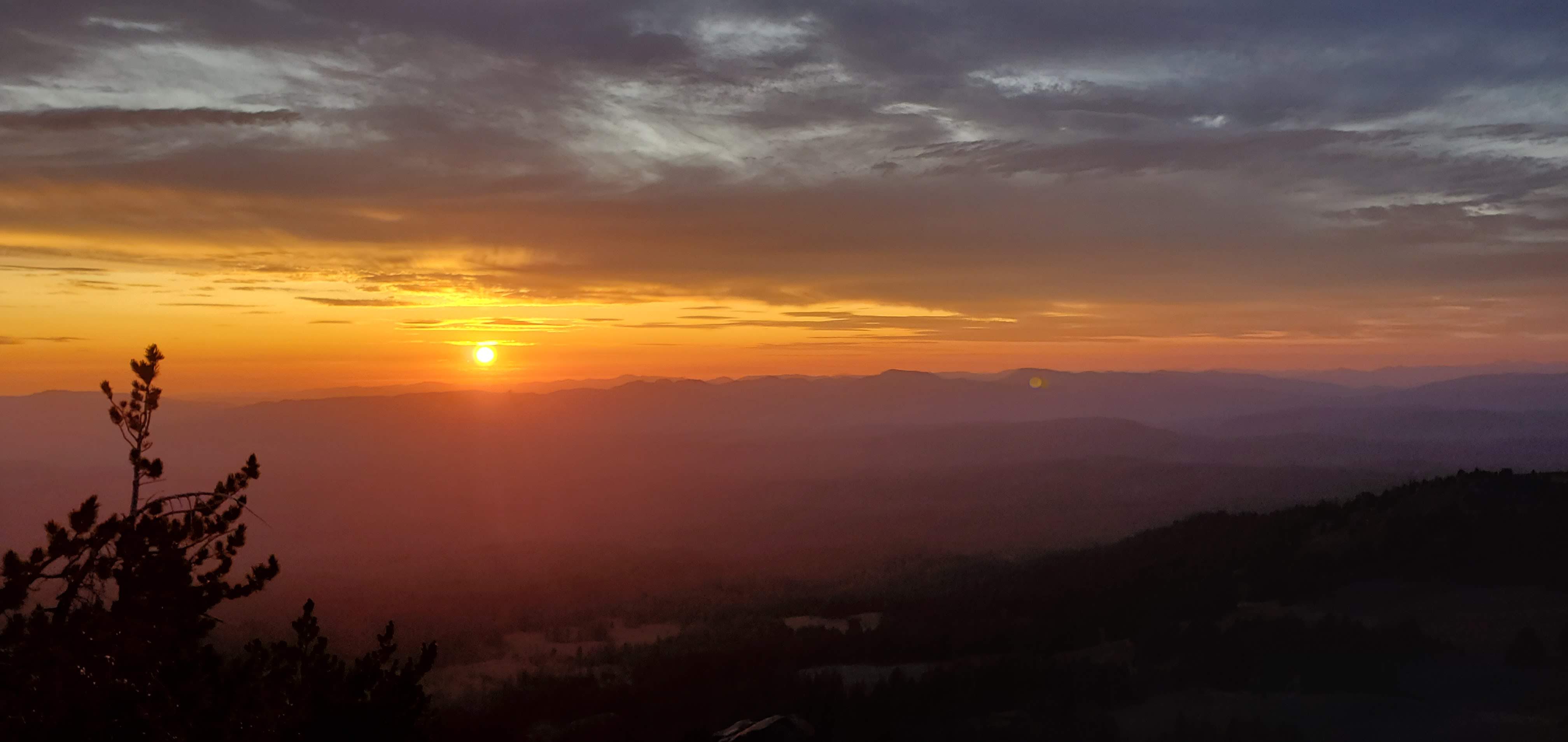
We didn’t have time to go down to the lake this visit but you can hike down to Cleetwood Cove to access the lake although it remains quite cold year round! Another option is to take a boat tour to Wizard Island.
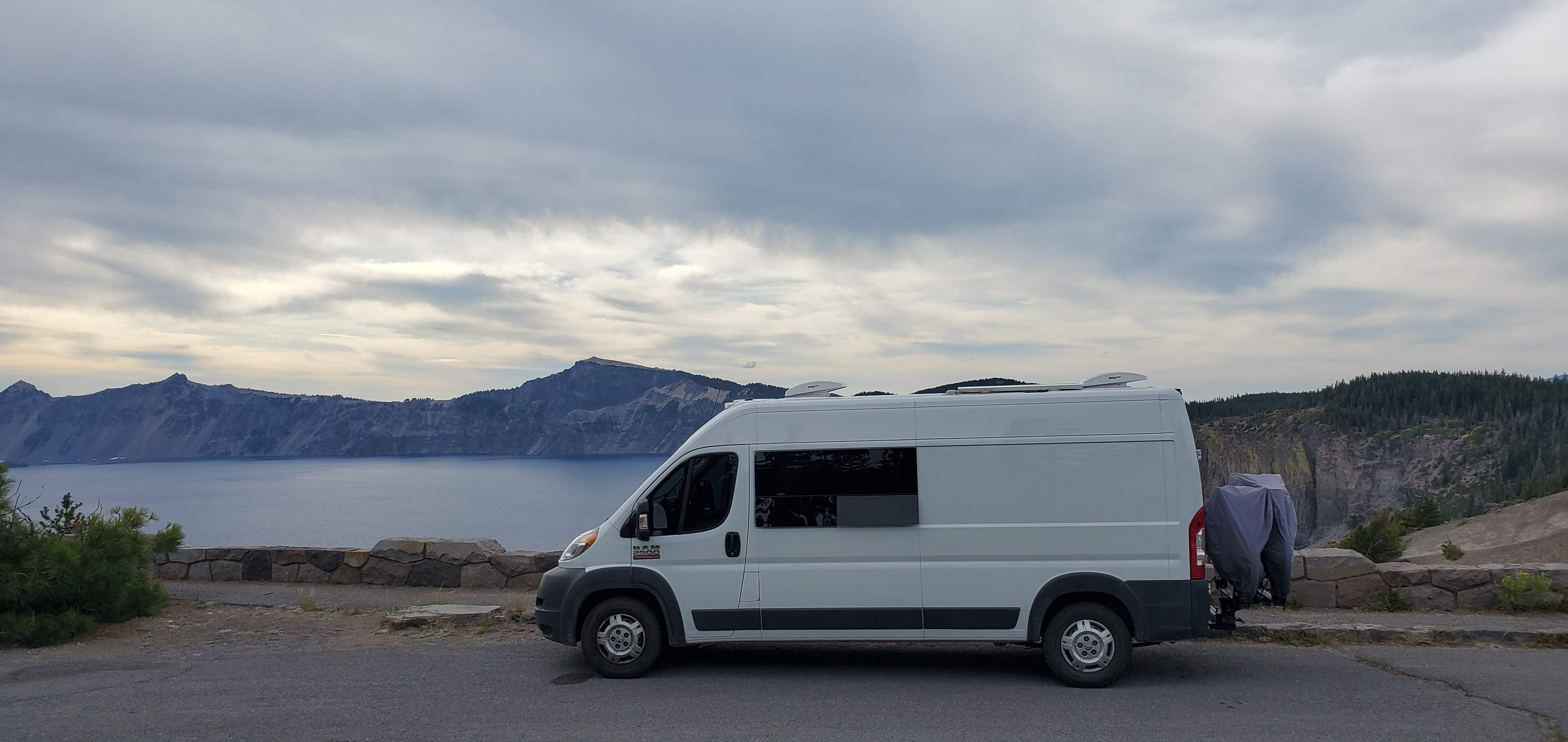
We learned two really interesting things while we were there from the research the park has been doing. One study tracked the travels of the bears in the park. Female bears have a small home range averaging around 20 sq miles where the males way farther around 460 sq miles! The other had to do with the fish in the lake. Rainbow trout and kokanee salmon. The salmon population dramatically rises and falls every 10 years. The salmon like to feed on a specific kind of water flea. Years where there are large numbers of salmon they consume almost all of the water fleas leaving hardly any for the next years which leads to a period of starvation. The salmon population drops and the water flea rebounds and the cycle begins all over again.
That wraps up our #exploregon. We're off to California!!
